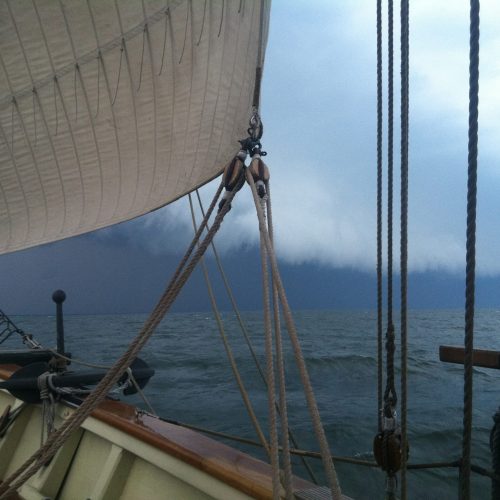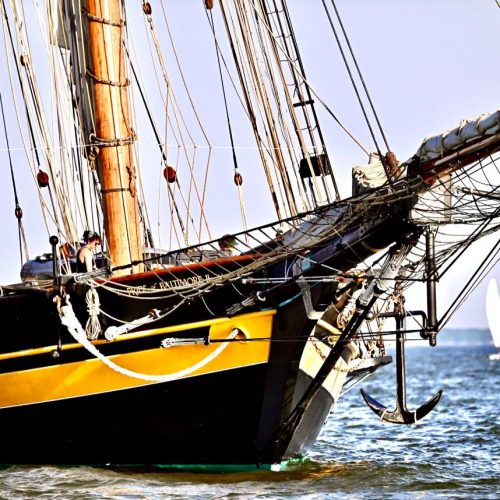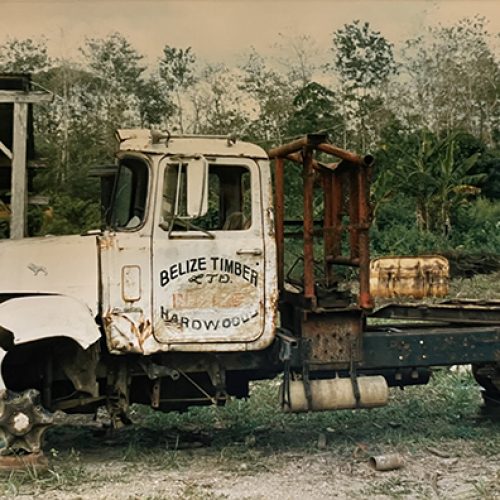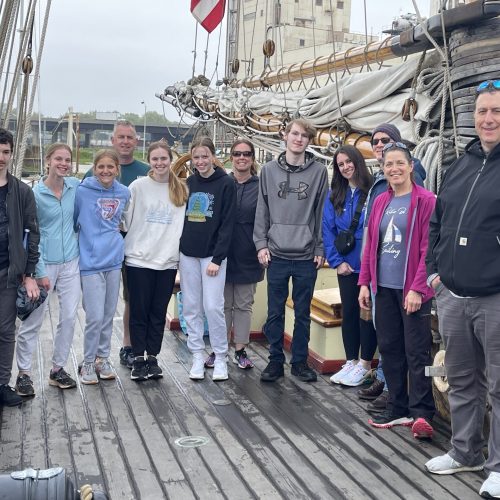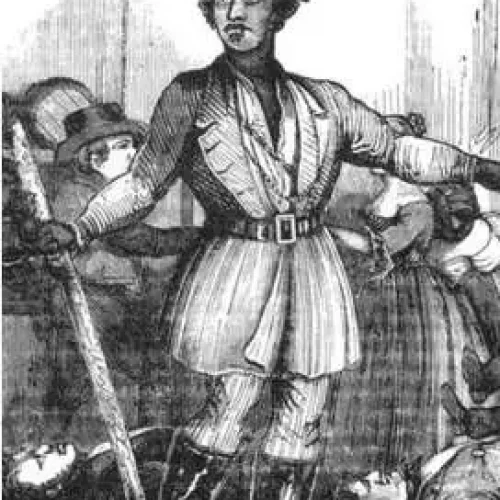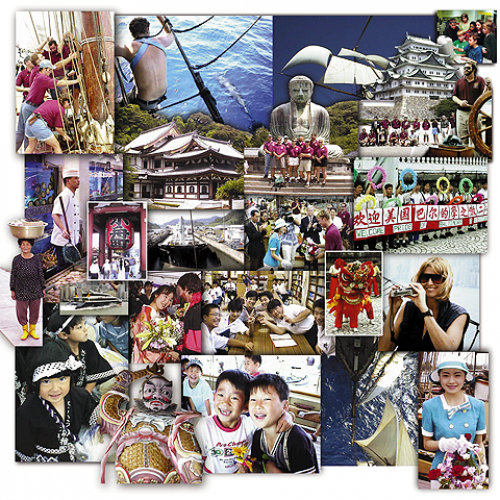Today’s story is another excerpt from Leslie Bridgett’s Asia with Pride voyage log. Fresh off a plane from Baltimore, Leslie traverses the Panama Canal and prepares to sail over the horizon to Hawaii.
Before dawn in January 1998, I climbed aboard Pride II from the dinghy for the longest voyage of my life. The weeks prior to my arrival in Panama were burdened with eleventh hour tasks at home and the Pride office. After relentless technical instructions and school visits, there was little time to discuss the logs I would write as a Christa McAuliffe Fellow on the voyage to Asia.
The Panama Canal pilot boarded with me. In Limon Bay, peppered with lights of awaiting ships, he signaled for Pride to haul anchor and take her position behind a massive tanker for the transit. The canal was the first significant event I would document, preferably with three cameras: digital, video and slides—whose batteries status became the bane of my existence.
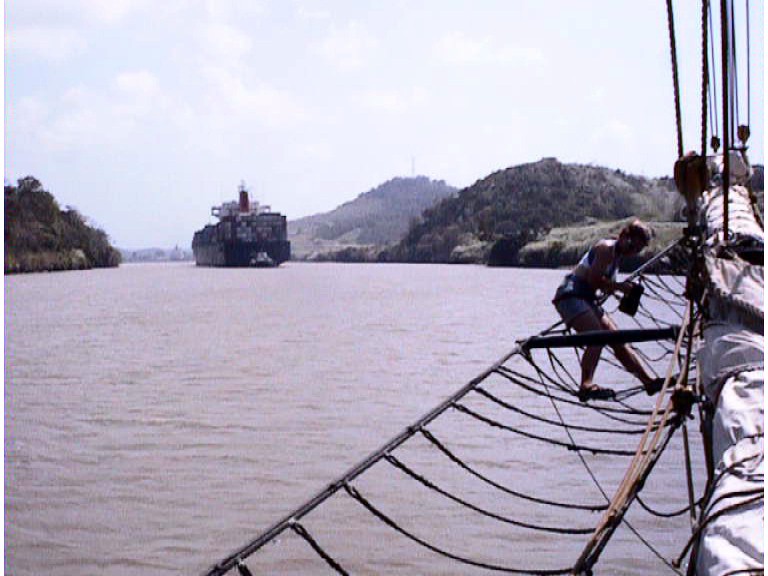
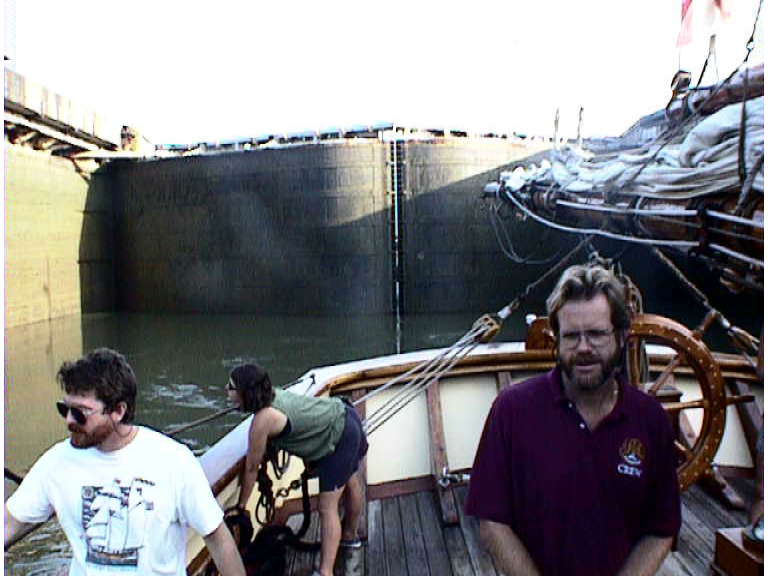
The uniqueness of Panama delivered. The ship led the way into the empty lock and was secured by heavy wire cables attached to several special locomotives that centered the ship as it powered into position. Pride slid in behind her and tied near the tanker’s stern.
With the huge gates closed, swirling water filled the lock without much turmoil and created the un-ceremonial lift that was the dream of captains for centuries. Exiting the lock, the ship’s enormous transom stretched skyward as her props, just off our bow, pushed forward. Fortunately, the prop wash was not as violent as expected. Three locks later and 85 feet higher Pride motored into a man-made reservoir that was once a forested mountain valley. Dead tree stumps poked above the quiet waters, a bold reminder to stay in the channel. My great uncle was an engineer on this endeavor. He died of yellow fever, along with 25,000 others due to various causes – the oft forgotten human cost for this celebrated short cut.
Toward the end of Pride’s nine-hour transit the sun was high and hot as we approached the last three locks that would lower Pride to our Pacific crossing. For my last set of photos, the Pride office wanted shots from aloft. The request to climb the rig was approved with assistance. “Are you ready?” asked a crewmember.
Putting on a harness and tossing cameras straps around my neck, I stepped on the rope-like ladder between the shrouds that narrow as you climb. It’s a free climb with a tether that you clip as you go. It was a spaghetti bowl of lines with odd footing, but worth it.
By the late afternoon Pride exited the canal into the Port of Balboa. With the month-long passage to Hawaii up next, Pride’s crew spent time on last minute maintenance and topping off the 900 gallons of fuel. With unexpected free time Andy, a former windjammer cook looked at me, “You interested in a drink at the Balboa Yacht Club?”
“Yep, my day started in Baltimore!”


Having crewed in many Chesapeake and New England sailboat races this was not my first yacht club, yet this one stole my heart. My first sight of the building caused me to stop in disbelief. It was a sun-bleached dilapidated warehouse-like structure void of signage.
Andy turned, “You comin’? Nothin’ wrong with the whisky.”
Inside the lights were dim over a huge dark u-shaped bar that sat in the shadows behind a weather-beaten covered porch. Faded photos and the aroma of beer-seasoned floors confirmed its years of service. We chose seats at the bar across from some seedy characters, their stories etched in the lines on their faces. I mused that if I squinted, Bogart would appear, grizzly, wearing a sweaty cap, “I’m the captain, that’s who, and I ain’t takin’ you along.” A fitting muse for what happened next.
A couple on the porch with heavy backpacks at their feet, noticed our arrival. The young man wearing an Aussie rugby shirt came over.“G’day, mate. Mine sharin’ which way you blokes are headin’?”
“West,” said Andy.
The man nodded politely, “Lookin’ to crew east. Thanks, mate.”
The gray-haired bartender ran his rag over the bar, “Happens all the time. We got locals, canal pilots … and hitchhikers. Refill?”
Back aboard I reflected on Captain Miles’s handling of Pride in rough weather enroute to Bermuda. It was proof positive of his 40 years at the helm and reassuring to see him again in Panama. “Is Captain Miles aboard?”
“He’s ashore. Won’t be back. Captain Parrott’s on for the leg to Hawaii.”
For the first time, a pit of uncertainty churned in my stomach. I knew nothing about Captain Parrott or ocean crossings. I was the only passenger on this leg; a mission specialist tasked with my own to-do list that was of little concern to others. These challenges along with my compressed readiness, exhausting canal transit, and a questionable delivery of a critical piece photo equipment, compounded the stress. I wasn’t alone. The departure weighed on everyone as they worked to their max to complete jobs; the urgency coloring the mood with edginess.
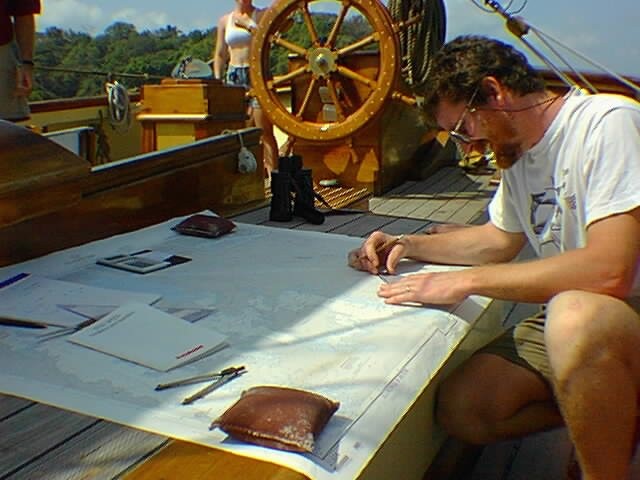
Unlike the crew, my responsibilities involved new skills with satellites and unfamiliar photo equipment. Without cell phones and real-time email, tech support meant an unrealistic $30/min satellite phone call. Meanwhile the only instructions given for the website logs were “stand a watch and describe your day;” but that smacked of Groundhog Day. Teachers need content substance to justify class time allotted to follow Pride II. Now on the eve of departure, I had no internet and only a few travel books on Asia.
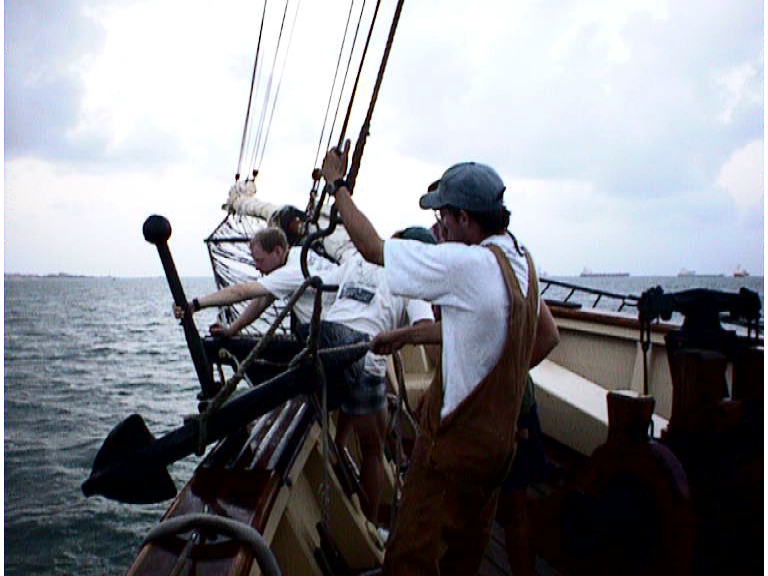
That evening on deck in the humid tropical air I watched the fading sunlight dance on the ocean and dared to contemplate the passage. Then it struck me – less is more. With no official website expectations, I had carte blanche and I relished the freedom. My Masters was in earth science and this was a voyage into my laboratory. My real-life experiences with science would be the content-rich narrative that checked the box for teachers.
My mind spun with ideas: marine life near coastal currents, mid-Pacific celestial navigation, El Nino weather issues and volcanic hot spots on the approach to Hawaii. Then to supplement the unusual world of tall ship activities, I would share the human commitment to this endeavor by showcasing crewmembers.
I arrived on deck the next morning for the crew muster (meeting) feeling empowered by my vision for the Asia With Pride website. After updates, Captain Parrott ran us through the drills: fire, man-overboard, abandon ship. These activities were sobering, but appreciated.
Then he said, “We need to conserve electricity. The forecasted light winds of El Nino will diminish the typical Trade Winds. We have 4700 miles to Hawaii and 2200 miles of fuel. We need to make the most of the light winds to sail. We also need fuel to run the generator that charges the batteries to power the ship’s computer and lights. Be mindful with electricity.
Lastly, treat all cuts and injuries with care. If a small cut becomes severely infected and med-vac is needed, the US Coast Guard choppers max out their range at 300 miles. Be mindful of safety and manage even minor injuries.”
The winds were light as Pride motored north where forecasters predicted we’d find sail-worthy breezes. I took photos of the thin slice of gray that was our last sight of land. A familiar quote came to mind: “Man cannot discover new oceans unless he has the courage to lose sight of the shore” (French explorer, Andre Gide). The pit was back, but diminished. Captain Parrot’s remarks clarified why the ship’s mood was edgy. To earn the merit badge I need to sail over the horizon. I was ready.
Leslie Bridgett
Asia with Pride: Panama 1998
02/06/2024
####

